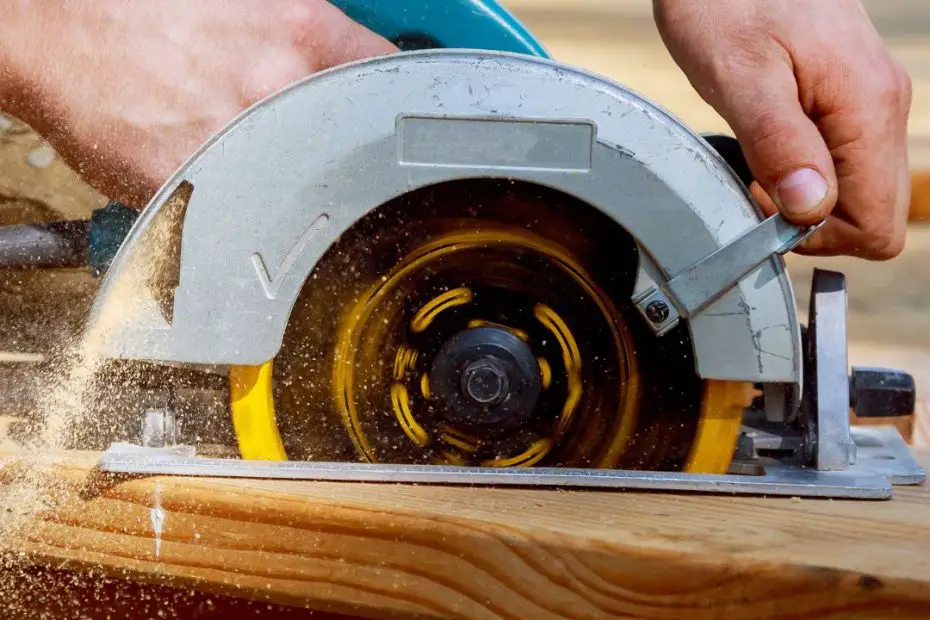In the realm of mechanical tools, there are many types of cutting saws, each tailored to excel in specific applications and to ensure optimal cut quality. For instance, reciprocating saws are perfect for demolition work, coping saws for intricate woodwork, and jigsaws for curved patterns.
Among these options, one type of saw stands out for its versatility and efficiency—the cold saw. Primarily used for cutting ferrous materials, aluminum, and plastics, cold saws bring numerous advantages to the table due to their unique design and functionality. Discover everything you need to know about cold saws to ensure you select the ideal equipment for your specific application.
Cold Saws Have Circular Blades
There is a significant difference between circular blades and coping, reciprocating, and other blade types. Circular blades spin around a central point, providing continuous cutting action that can effortlessly slice through various materials. Cold saws are considered combination circular blades because they include multiple components—a blade made from high-speed steel (HSS) or tungsten, an electric engine, and a gear reduction unit. Additionally, cold saw blades are almost always coated with extra-efficient Cubic Boron Nitride (CBN) materials.
Reasons To Use a Cold Saw
CBN grinding wheels are important for cold saw manufacturing, as they are used to ensure the blades meet specific requirements. This enables the saw to maintain a strong, consistent cutting torque without damaging or melting the cut material. The engine and gear reduction unit control torque, while the specially designed blade and CBN coating increase cutting efficiency. Ultimately, these functions produce a cutting process with minimal heat or friction.
Aside from increased precision and efficiency, using a cold saw has plenty of benefits. They produce minimal burrs, meaning the finished edges are much smoother compared to those achieved with other types of saws. Furthermore, they generate fewer sparks during operation, reducing the risk of accidental fires. Lastly, they cause less discoloration to the material, preserving its original aesthetic appeal.
Cutting Angle and Scale Considerations
Selecting the right saw for your application is not as simple as identifying the material you need to cut; you must also consider the scale and angle of the cut. Cold saws are particularly effective for both straight and angled cuts, making them a versatile choice for many applications. However, they are most efficient when working with smaller solid materials and piping.
It’s important to learn more about certain pieces of industrial equipment before selecting an option for your specific applications. Taking into account everything you need to know about cold saws will allow you to choose the right tool so you can produce better results.

